
The onset of the gout comes on suddenly, causing enormous, discomfort and pain. Primary target, in most cases, is the person’s big toe. The most noticeable symptoms include evident red signs of inflammation, which distinguish them from the known varieties of arthritis.
Target groups
In this regard, the people who are at the greatest risk of coming down with gout are men (95%), whereas women can feel much safer and at ease since the number is significantly smaller (5%). The first wave of gout, which in as many as 50% of cases includes the big toe, is of fairly short duration – it takes just a couple of days and tends to go away on its own even if left unattended and without any attempts to treat it. It can be weeks, months, years before the next gout attack happens, but in those more serious cases, recurrent attacks that last for much longer than the initial one are known to induce serious harm and damage to the person’s joints, and affect one’s overall mobility. The big toe affection rate is 90%.
Culprits
Having most frequent underlying causes and culprits in mind, it needs to be mentioned that this condition is quite frequently directly related to a certain type of inherited abnormality in one’s body when it comes to proper uric acid processing. The levels of uric acid can become elevated beyond proper boundaries if a person consumes too many foods containing purine (like various types of meat), as well as by excessive uric acid production, that the kidneys can't expel.
Effective treatment methods
The treatment for gout is aimed at, alleviating pain and the accompanying inflammations, as quickly as possible and preventing any recurrent attacks and any complications, such as the formation of tophi, kidney stones and joint destruction. Another recommendation also includes altering one’s diet, i.e. staying away from foods that contain great quantities of purine. As far as medications are concerned, regarded as the most effective and most frequently employed are non-steroidal anti-inflammatory drugs, colchicines, corticosteroids, probenecid, sulfinpyrazone, allopurinol and last but not the least adrenocorticotropic hormone.


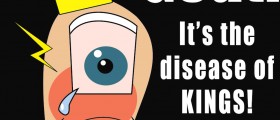
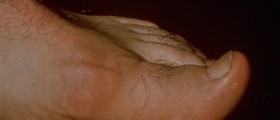
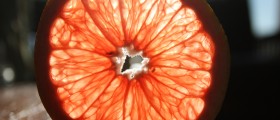
-Symptoms,-Diagnosis,-Treatment_f_280x120.jpg)


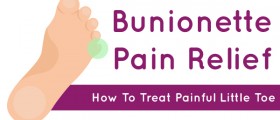

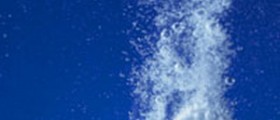
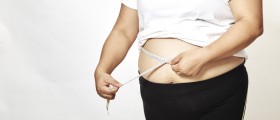
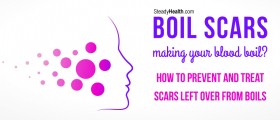
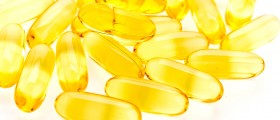
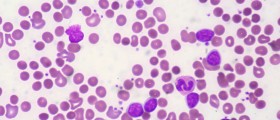
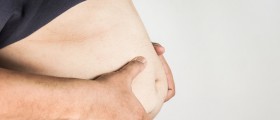
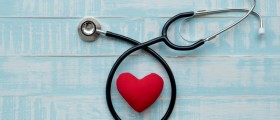
Your thoughts on this
Loading...